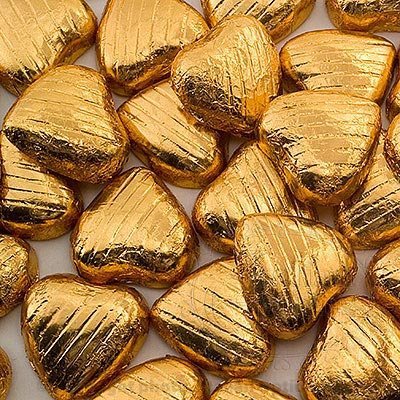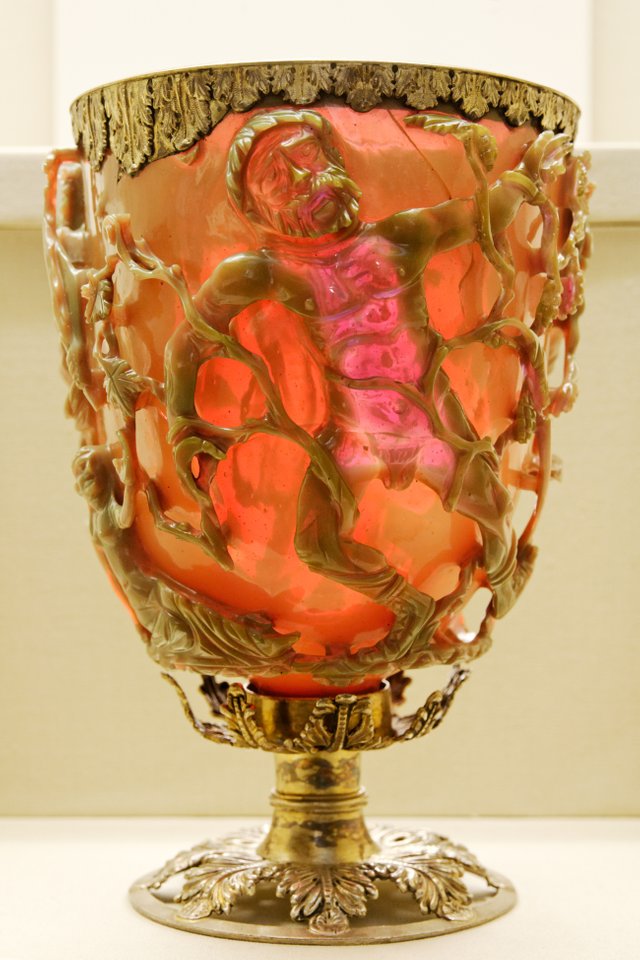Nanoscience Article #3 RED COLORED GOLD
Hey Steemians,
In today’s Nano-science article I will be sharing some of the properties of nano sized gold. When you thought of gold what color comes in your mind? “Is It golden yellow” OR I will re-frame it like, have you seen different colored gold?

The color of gold what we see is golden yellow, it’s the macro sized (bulk) particle. But when you go to the nanometer range, gold will have different optical property.
Nanoscience can explain such behavior of gold particle, As Feynman described “There’s lot of space at the bottom”, When the gold is in bulk state, the electrons are very close to each other, and are not free to move which is why they react differently with light when in dispersed form.

You may or may not heard of Surface Plasma Resonance, Surface Plasma Resonance (SPR) is the resonating oscillation of conduction electron interface between positive and negative permittivity material stimulated by incident light. It gives the idea of different coloration in different suspension, for the different sized gold suspension, you will have different emission wavelength.

It all depends on the size of the gold particle, in suspension. Smaller the size of gold nanoparticle the color will be more red and as the particle size increases the color will move to yellow and then grey or white.

And you must have heard of gold and other rich metals in our food diet, the gold present in our food is in very minute quantity and of nano size. As these nanoparticles have many advantages to be included in daily meal even eating in these utensils are also beneficial. That is the reason why King’s and Lords of our ancient world used to eat in such utensils.
The Lycurgus cup is a 4th-century Roman glass cage cup made of dichroic glass, which shows different color depending on whether or not light is passing through it; red when lit from behind and green when lit from front. The dichroic effect is achieved by including the nanoparticles of gold and silver in the glass (colloidal form of gold and silver were introduced in very small proportion).

These nanoparticles are being used for many purposes and their wide application, such as antibiotic, anti-fungal, sensory probes, electronic conductors, in drug delivery etc. These gold nanoparticles are even can be used to coat DNA molecule. Scientists at Purdue University were able to use gold nanoparticle to detect breast cancer, later it was discovered that it can also help in detection of toxins and pathogens.
Reference
https://en.wikipedia.org/wiki/Surface_plasmon_resonance
https://www.ncbi.nlm.nih.gov/pmc/articles/PMC4101904/
https://www.azonano.com/article.aspx?ArticleID=3284
You may find these article of similar interest.

Ever wondered why sharks swim fast
Nanoscience Article #2 Clean as GECKO
These Poisoned dart frogs are getting more than just food from ants
Hope you have found this article interesting. If you do, please upvote and resteem.
I’ll be posting more of such wonders of nanoscience, follow my page for more of such articles.
Happy Reading :)
Vinamra
Cool article. As you know, I am very interested in nanoscience (and I may get my PhD in this area). There are some interesting TED talks on this subject. The greatest thing about gold nanoparticles is the insane increase in surface area which could lead to the development of more efficient catalysts. Cheers!
Thankyou for your support @lesshorrible, wish I could attract more like you to my articles.
By the way, I'm also pursuing my PhD in nanotechnology. Instead of gold nanoparticles I'm working with silver nanoparticles.😊
Really cool! I want to work wit nanocellulose and I am trying to find a supervisor so I can get my PhD in three years. Are you trying to make better catalysts?
Just keep posting quality posts and you will get more reckognition and may even find some interesting people! Cheers!
Yes I'm working with cellulose, but the objective is to use it for drug delivery and antimicrobial scaffold with help of bioactive petides.
Thankyou😊